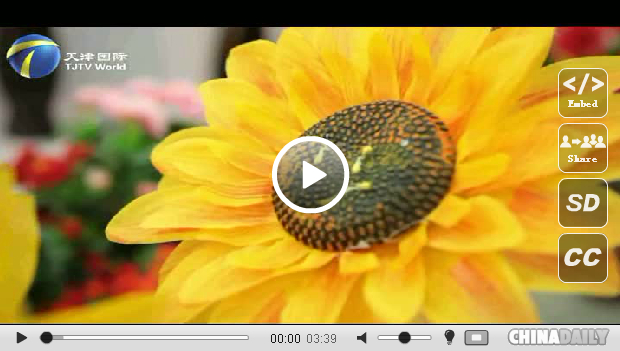
Confucian Temple (Wen Temple) is a place to offer sacrifices to Confucius. Standing at 1 Inner DongMen Street, Nankai District, Tianjin, the temple is the heritage site under city protection and the special protection historic architecture in Tianjin.
The temple, constructed by following the style of traditional Chinese architectural complex, consists of Prefecture Temple, County Temple and Minglun Hall. Established in 1436 (the first year reign of Zhengtong Emperor in Ming Dynasty), the Confucian Temple was known as a garrison school (Wei Xue) at that time.
During the reign of Yongzheng Emperor of Qing Dynasty, Tianjin was promoted from a garrison to a prefecture and the temple was put under the control of Tianjin prefecture. Since then it started to be called the Prefecture Temple (Fu Miao).
In ancient China, officials of different levels couldn't offer sacrifice to Confucius in a same temple and the first county under the Tianjin prefecture's control is Tianjin County. Therefore, in 1734 (the twelfth year reign of Yongzheng Emperor of Qing Dynasty), the Confucian Temple (Wen Miao) was established to the west of the Prefecture Temple (Fu Miao) and was called County Temple (Xian Temple) under the control of Tianjin County.
This is why two Confucian Temples at the county and prefecture level coexisted in Tianjin. Both of the two temples consist of the Main South Gate (Wanren Gongqiang), Pan Pond (Pan Chi), Lingxing Gate, Dacheng Gate, Dacheng Hall, Chongsheng Ancestral Hall and Eastern and Western Side Hall, etc. Decorated with grey bricks and tiles, the County Temple (Xian Temple) is smaller compared with the Prefecture Temple (Fu Temple) whose buildings along the axis of the complex are decorated with yellow glazed tiles. In Ming, Qing Dynasties and the early period of Republic of China, Confucian Temple (Wen Temple) was places to offer sacrifices to Confucius in spring and autumn. Now it is the Confucian Temple Museum.






